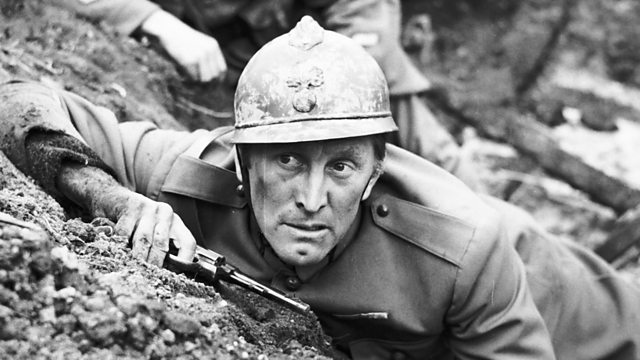The iconic World War I French Army helmet has proven to be more effective in protecting the brain from shock waves from nearby explosions than modern military designs.
According to tests carried out by medical engineers from Duke University in North Carolina, the French Adrian helmet is far better than modern designs in the protection against nearby explosions, despite significant advances in protection against ballistic impacts.
Working with Cameron “Dale” Bass, associate professor of biomedical engineering research at Duke, Joost Op’t Eynde, biomedical engineering student and author of the study, created a system to test the performance of World War I helmets; United Kingdom / United States (Brodie), France (Adrian), Germany (Stahlhelm) and a current combat variant from the United States (Advanced Combat Helmet).
The researchers placed different helmets on the head of a doll equipped with a number of pressure sensors. They then placed the head directly under a shock tube, which was pressurized with helium on which a membrane wall exploded, releasing the gas into a shock wave .
The helmets were tested with shock waves of varying force, each corresponding to a different type of artillery projectile that exploded from a distance of one to five metres.
The amount of pressure suffered in the crown was compared with the risk tables for brain injuries created in previous studies. While all helmets provided a five to tenfold reduction in the risk of moderate cerebral haemorrhage, the risk of someone wearing a French “Adrian” helmet from around 1915 was less than that of any of the other helmets tested, including the modern advanced combat helmet.
“The result is intriguing because the French helmet was manufactured with materials similar to its German and British counterparts, and even had a thinner wall,” said Op ‘t Eynde. “The main difference is that the French helmet had a crest at the top of its crown. While it was designed to deflect shrapnel, this feature could also deflect shock waves.”
It could also be that, because the pressure sensor was mounted directly below the crest, the crest provided an additional first layer to reflect the shock wave.
The investigation could help to improve the explosion protection of future helmets by choosing different materials, stratification of multiple materials of different acoustic impedance or altering their geometry.





